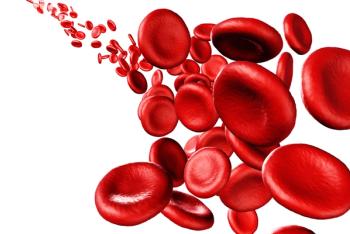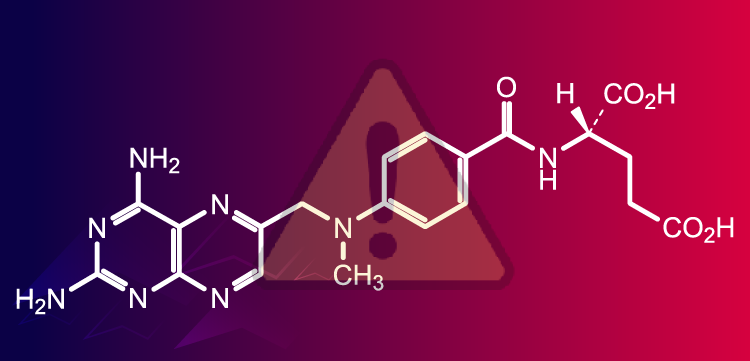
- ONCOLOGY Vol 15 No 3
- Volume 15
- Issue 3
Rituximab Plus CHOP Is Superior to CHOP Alone in Elderly Patients With Diffuse Large B-Cell Lymphoma: Interim Results of a Randomized GELA Trial
A total of 400 previously untreated elderly patients (aged 60 to 80) with stage II to IV diffuse large B-cell lymphoma (DLCL) were recruited to an open-label, randomized study of standard CHOP (cyclophosphamide [Cytoxan, Neosar],
A total of 400 previously untreated elderly patients (aged 60 to 80) with stage II to IV diffuse large B-cell lymphoma (DLCL) were recruited to an open-label, randomized study of standard CHOP (cyclophosphamide [Cytoxan, Neosar], doxorubicin HCl, vincristine [Oncovin], prednisone) every 3 weeks for 8 cycles vs standard CHOP with rituximab (Rituxan) at 375 mg/m2 on day 1 of each cycle (R-CHOP). Patients were stratified for age-adjusted International Prognosic Index (IPI) scores (0-1 vs 2-3), had performance status (PS) 2, and no contraindication to doxorubicin. The primary end point was event-free survival, with events defined as disease progression or relapse, death, or initiation of new alternative treatment.
A planned interim analysis has been conducted, including data from 328 patients, 159 in the CHOP arm and 169 in the R-CHOP arm. The stopping date was June 1, 2000. Median age of patients was 69 years. Adverse prognostic parameters were equally distributed between arms: 63% of patients had stage IV disease, 19% had PS > 1, 65% had elevated lactate dehydrogenase, 26% had bone marrow involvement, 52% had more than one extranodal disease site, and 60% had IPI scores of 2 or 3. An independent panel reviewed 86% of the cases and DLCL histology was confirmed in 87%. Sixty-two patients withdrew early, 23 due to treatment failure (18 with CHOP, 5 with R-CHOP), 30 due to adverse events (17 with CHOP, 13 with R-CHOP), and 9 for other reasons.
Preliminary analysis revealed no major difference between the two arms in hematologic toxicity, or in grade 3 or 4 infection, mucositis, vomiting, liver, cardiac, neurologic, renal, or lung toxicity. Eighteen patients had a grade 3 or 4 infusion-related syndrome during the first rituximab infusion. With a median follow-up of 12 months, 77 events (48%) were observed in the CHOP arm and 49 (29%) in the R-CHOP arm. Interim results based on data from all 328 patients (intent-to-treat analysis) were as follows:
CONCLUSION: This study demonstrated that the addition of rituximab to CHOP chemotherapy led to significant prolongation of event-free survival and overall survival in elderly patients with DLCL, without significant additional toxicity.
Articles in this issue
over 24 years ago
State of the Art of Non-Small-Cell Lung Cancer in the New Millenniumover 24 years ago
Novel Approaches in the Treatment of Non-Small-Cell Lung Cancerover 24 years ago
Triplet Combination Chemotherapy and Targeted Therapy Regimensover 24 years ago
Gemcitabine for the Treatment of Non-Small-Cell Lung Cancerover 24 years ago
Gemcitabine in Combination With New Platinum Compounds: An Updateover 24 years ago
Treatment of Elderly Patients With Non-Small-Cell Lung Cancerover 24 years ago
Irinotecan in Gastrointestinal MalignanciesNewsletter
Stay up to date on recent advances in the multidisciplinary approach to cancer.

















































































